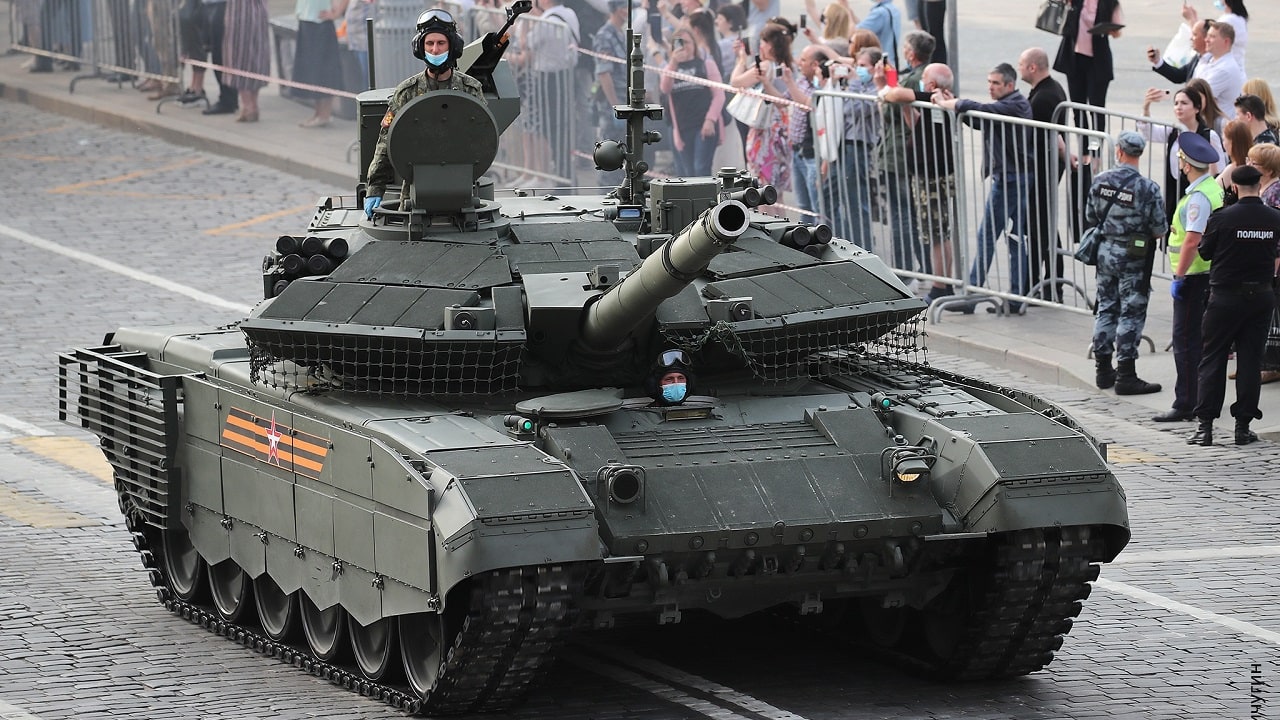The rollercoaster that is the crisis in Ukraine continues unabated. For weeks now, the U.S., using declassified intelligence, has suggested that a Russian invasion is imminent. And although the world was able to draw some cautious breaths earlier this week as Moscow signaled a tactful withdrawal, a conflict might still happen.
Ukraine Crisis: What’s Going On?
On Monday, Ukrainian President Volodymyr Zelenskyy went on live television and announced that he had intelligence that indicated Russia would invade on Wednesday. Then on Tuesday, the Russian Ministry of Defense came out and said that they are starting to withdraw some of the 150,000 troops that are positioned on the borders with Ukraine. But on Wednesday, U.S., NATO, and Ukrainian officials stated that they hadn’t seen any serious withdrawal of Russian forces to justify a relaxed posture. Indeed, not only did Russian troop levels decrease, according to U.S. officials, they have increased as of Thursday.
To make matters more confusing, the Russian Ministry of Defense once more stated that it had been withdrawing troops—although it didn’t say how many and if incoming reinforcements outnumbered the troops withdrawn. Such movements suggest that the Kremlin still entertains the idea of an invasion.
“We are ready with diplomacy—to be engaged in diplomacy with Russia and our Allies and partners to improve stability and security in Europe as a whole. And we are ready to respond decisively to a Russian attack on Ukraine, which is still very much a possibility. Through all of the events of the last few weeks and months, this has been our approach. And it remains our approach now,” President Joe Biden said on Tuesday in a televised address to the American people.
Subterfuge and deception are inherent parts of Russian military strategy. Indeed, it wouldn’t be the first time the Kremlin announced a withdrawal of troops following a border standoff, only to invade a few days later. During the war between Russia and Georgia in 2008, Moscow claimed that it would be pulling back troops sent to the border but invaded eight days later. Then, as is the case now, Russia used disinformation to suggest that Georgian forces had attacked Russian troops, thereby justifying the Russian invasion.
Ukraine War: Can Diplomacy Still Work?
In his call with President Putin over the weekend, Biden emphasized the U.S.’ commitment to a diplomatic solution.
“This weekend I spoke again with President Putin to make clear that we are ready to keep pursuing high-level diplomacy to reach written understandings among Russia, the United States, and the nations of Europe to address legitimate security concerns if that’s what — his wish. Their security concerns and ours. President Putin and I agreed that our teams should continue to engage toward this end along with our European Allies and partner,” Biden said.
As an offer of concessions, the White House proposed new arms control measures, new transparency measures, and new strategic ability measures that would apply to all NATO nations and Russia.
1945’s New Defense and National Security Columnist, Stavros Atlamazoglou is a seasoned defense journalist specializing in special operations, a Hellenic Army veteran (national service with the 575th Marine Battalion and Army HQ), and a Johns Hopkins University graduate. His work has been featured in Business Insider, Sandboxx, and SOFREP.

